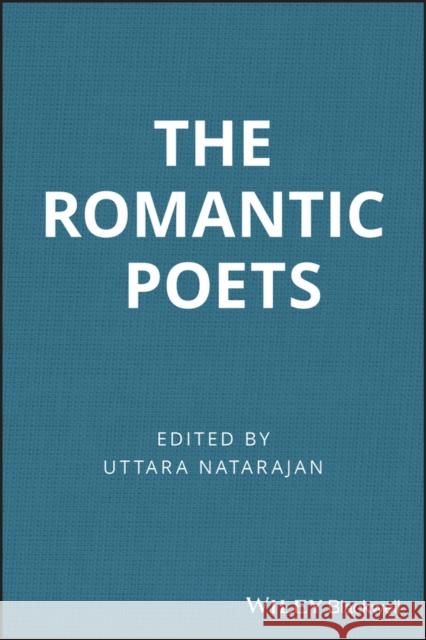The Romantic Poets » książka
topmenu
The Romantic Poets
ISBN-13: 9780631229315 / Angielski / Twarda / 2007 / 360 str.
This welcome addition to the Blackwell Guides to Criticism series provides students with an invaluable survey of the critical reception of the Romantic poets.
- Guides readers through the wealth of critical material available on the Romantic poets and directs them to the most influential readings
- Presents key critical texts on each of the major Romantic poets - Blake, Wordsworth, Coleridge, Byron, Shelley and Keats - as well as on poets of more marginal canonical standing
- Cross-referencing between the different sections highlights continuities and counterpoints











